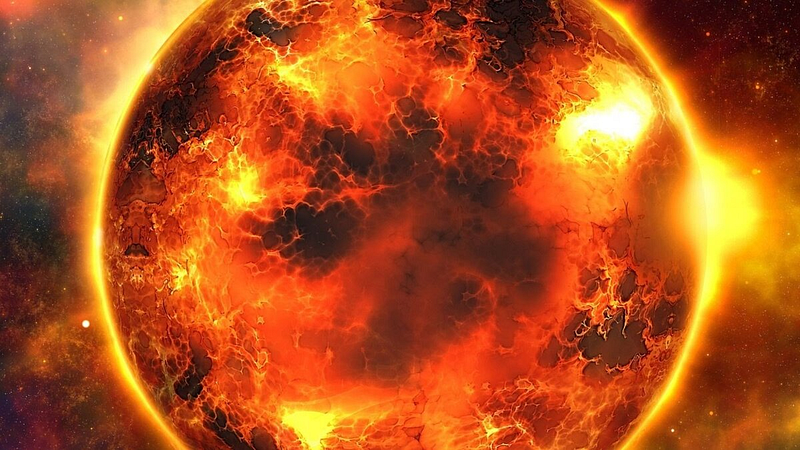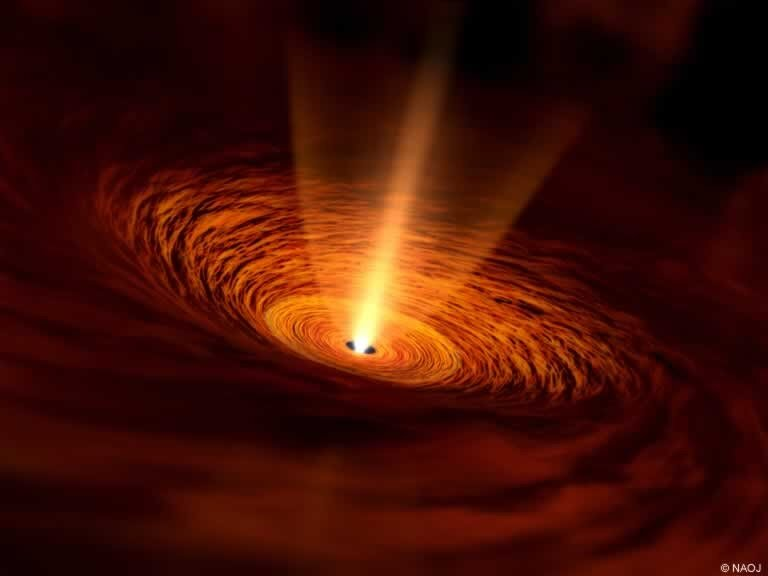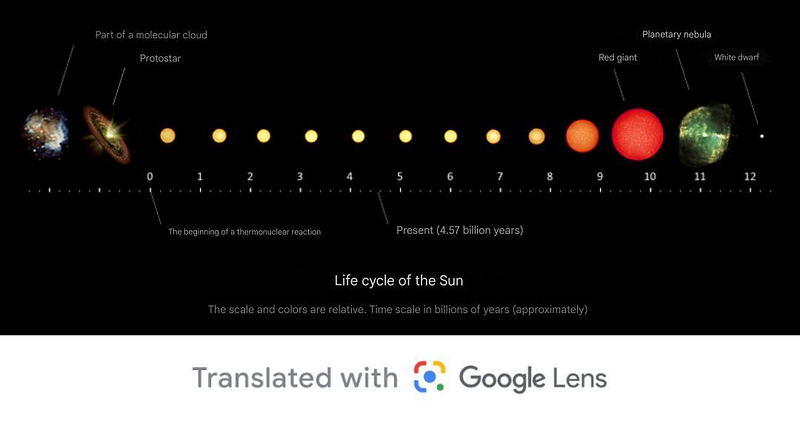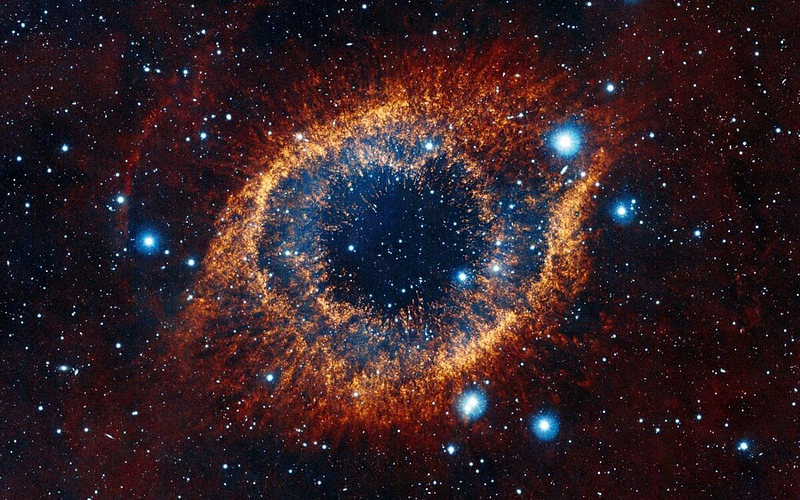# The Future of Our Sun: What Awaits in 7 Billion Years?
Written on
Chapter 1: Understanding Our Sun's Life Cycle
Let’s take a moment to reflect on the Sun, the star that sustains life on our planet. Like all stars, it has a lifecycle that will eventually lead to its end. But what implications does this have for Earth? When and how will the Sun stop shining?

When Did Our Sun Come Into Existence?
Our Sun, classified as a yellow dwarf, was born from expansive clouds of dust and gas. This cosmic phenomenon was likely initiated by external forces, such as a nearby supernova or collisions with other clouds of dust. These occurrences created gravitational imbalances that led to denser areas of material within the cloud.

In these denser regions, gas and particles rapidly collected and compressed, causing the heating gas to illuminate. This marks the birth of a protostar, a phase in stellar formation where the star has not yet reached the temperatures necessary for nuclear fusion. Such reactions commence once critical temperature and pressure levels are attained in the core, igniting the star. This process resulted in the birth of our Sun approximately 4.6 billion years ago.
Main Sequence Phase
Research indicates that the Sun has a high metal content, suggesting it formed from the remnants of older stars. Scientists estimate that the main sequence phase, during which the star is in a state of gravitational balance, lasts about 10 billion years. Currently, the Sun is halfway through its lifecycle.

As the Sun ages, its brightness will increase significantly; in just one billion years, it will be 11 times brighter than it is today. Researchers speculate that life on Earth may no longer exist long before the Sun completes its main sequence phase.
Red Giant Phase
After the main sequence, the helium core of the Sun will start to compress and heat up, resulting in the expansion of the Sun's outer layers. This phase, known as the red giant phase, will see the Sun expand to engulf Mercury and Venus, potentially reaching Earth's orbit. The consequences of this expansion for our planet could be dire, likely leading to the extinction of all forms of life.
During this transformation, Earth may resemble Venus, as its water sources evaporate completely, signaling the end for all terrestrial organisms. If humanity hasn’t already departed by the end of the main sequence, our only option may be to leave the planet.
The Sun's Final Moments
Over the following hundreds of millions of years, the Sun will continue to expand. Lacking the mass required for a cataclysmic thermonuclear explosion, the Sun will ultimately shed its outer layers, creating a planetary nebula around 7 billion years from now.

Since its formation, 4.6 billion years have passed, and the Sun has lived through half of its main sequence phase. In 7 billion years, it will meet its end, leaving behind a stunning planetary nebula. However, it is crucial to note that life on Earth will likely cease long before the Sun reaches its red giant phase, emphasizing the long-term effects of the Sun's lifecycle on our planet.
Explore what will happen to our Sun in 7 billion years with this insightful video.
Learn about the consequences of our Sun's death in this informative video.
If you want more articles about space in your feed, give us a clap! Subscribe to our channel and share your questions, and I will address them in future articles.